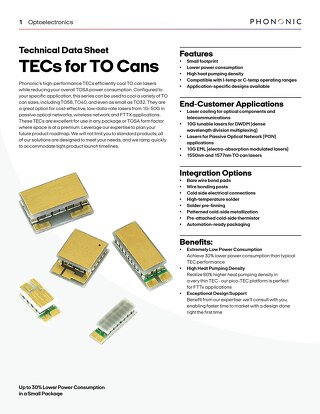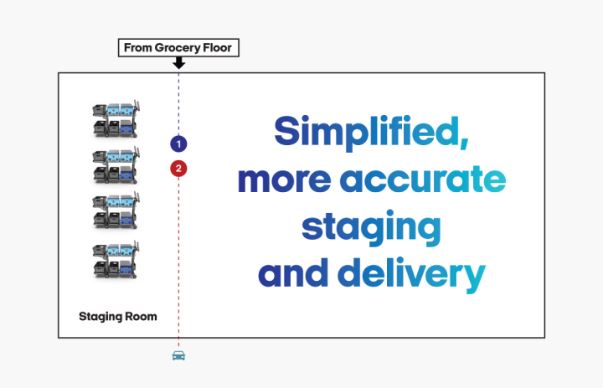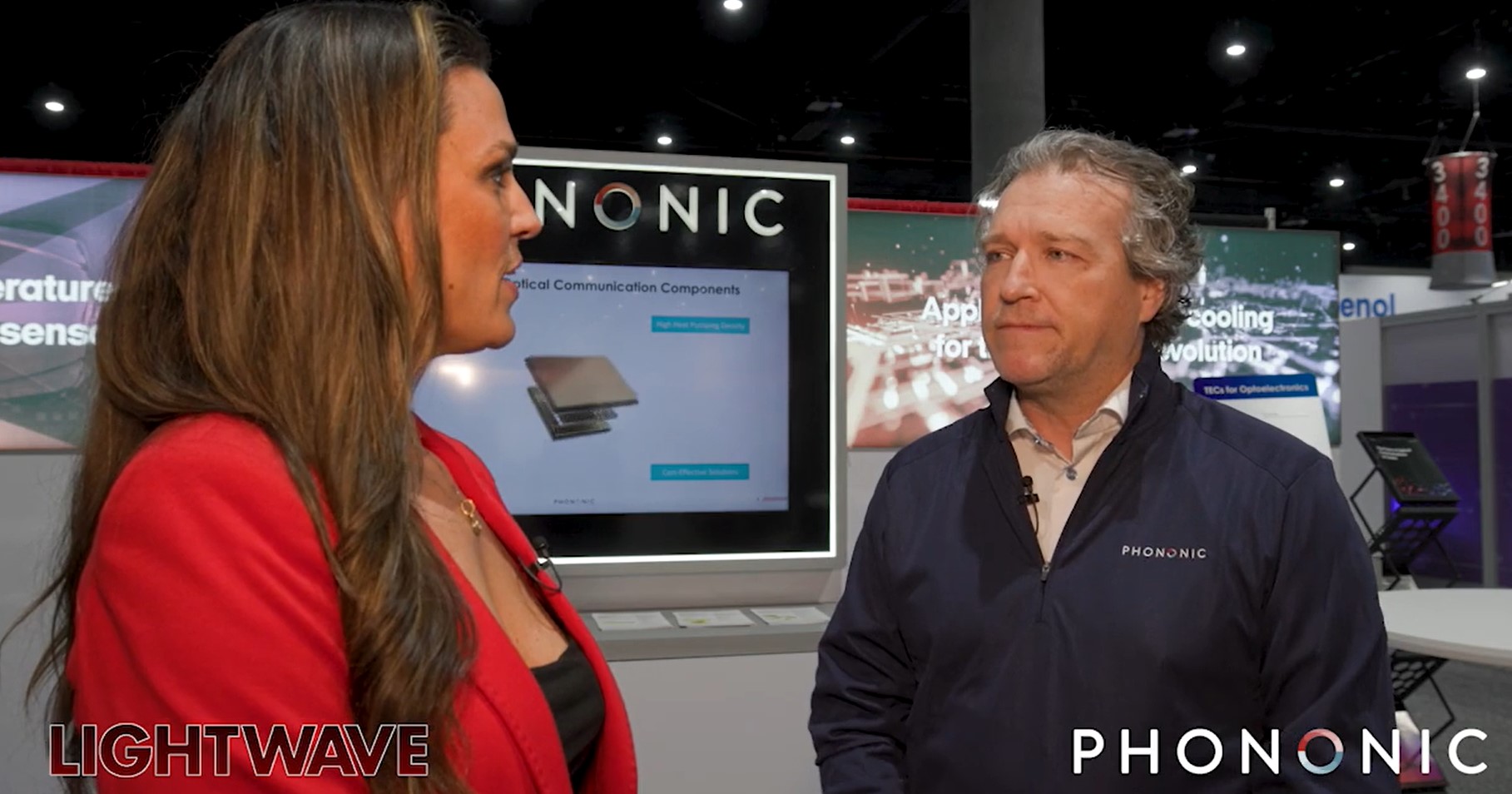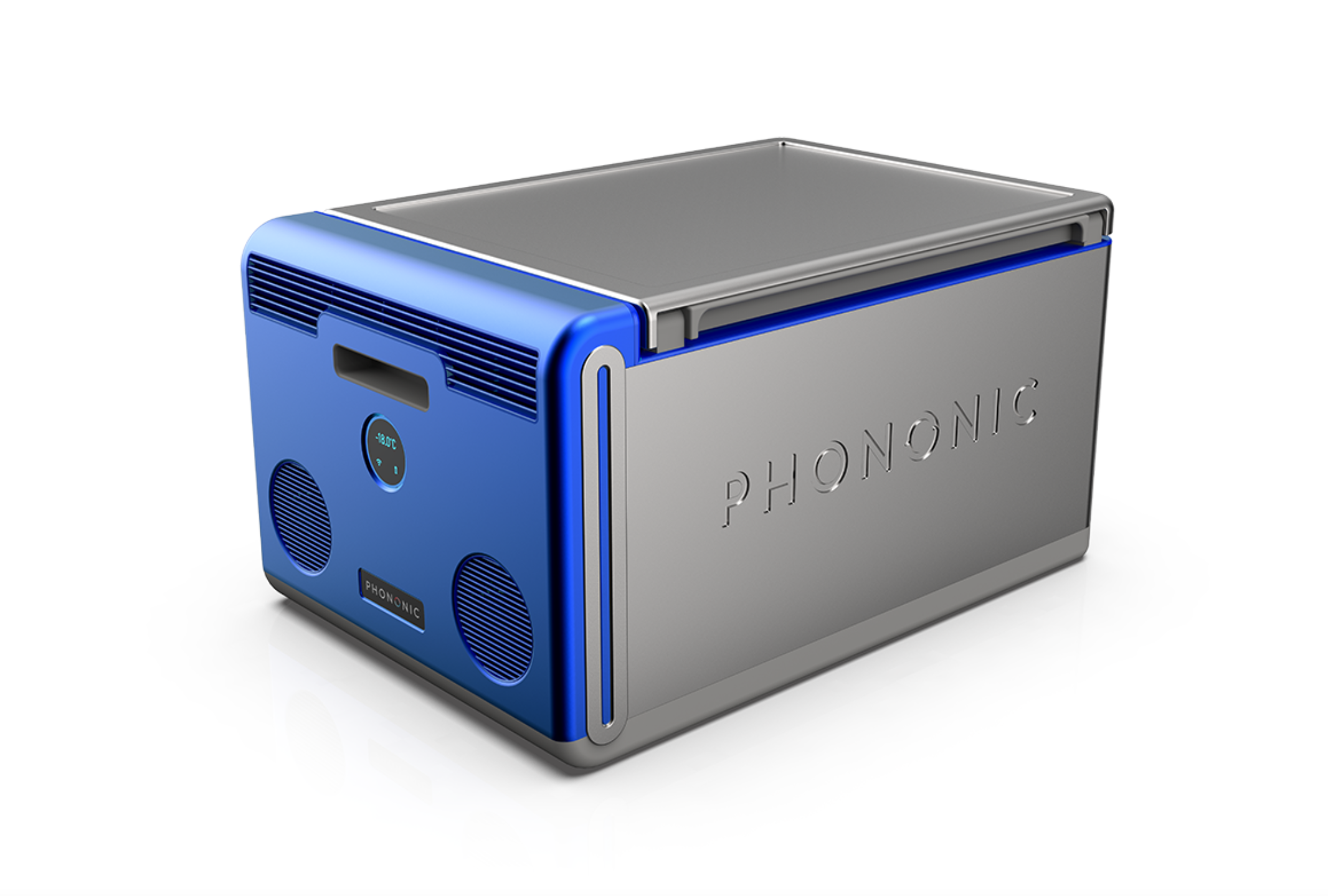Heat Pump Applications
June 13, 2019
A heat pump transfers heat from a heat source that requires cooling to a heat sink. The heat sink then dissipates the heat out of the system permanently, into the surrounding environment. A heat pump transfers thermal energy (heat) in the opposite way of normal heat transfer, which would naturally move energy from a warm space to a cooler one. Because the heat pump is transferring heat in a direction that opposes the natural flow of heat from hot to cold, a heat pump will require some external energy to run. Heat pumps can often move heat in either direction and as such can be used for cooling or heating.
Heat Pump Applications & Operating Types
You'll find a heat pump inside air conditioners, freezers, and refrigerators of all sizes, including even a small electric cooler. However, the term "heat pump" is also used more generally to refer to HVAC devices for space temperature management.
Traditionally heat pumps rely on compressors and refrigerants (chemicals) to operate. These compressors have some disadvantages. First, they tend to be bulky, taking up a lot of space inside of a refrigerator, limiting storage capacity. They also tend to be noisy as they power up and down, and because they function by cycling the interior temperature up and down throughout the day, they create fluctuations of as much as 5°C. This creates a risk of hot spots and freeze zones as the materials inside warm up and cool down.
The recent innovation in solid state refrigeration, which eliminates compressors and instead uses semiconductor devices to generate cooling, solves many of the disadvantages seen of heat pumps.
Phononic Solid State Refrigeration
Phononic uses solid state technology to replace traditional heat pumps in their refrigerators and freezers. Because solid state technology eliminates the need for compressors, our refrigerators are able to provide up to 40% more storage capacity within the same size footprint as a compressor-based alternative. Since there's no compressor to cycle up and down, our solid state refrigerators are significantly quieter than traditional refrigerators – nearly silent, in fact.
And without the temperature cycles, our solid state alternatives offer 20X better temperature stability, with temperature oscillations of just 0.5° C. This removes the risk of hot spots and freeze zones, and also creates more consistent cooling throughout the entire cabinet, even at the edges.









